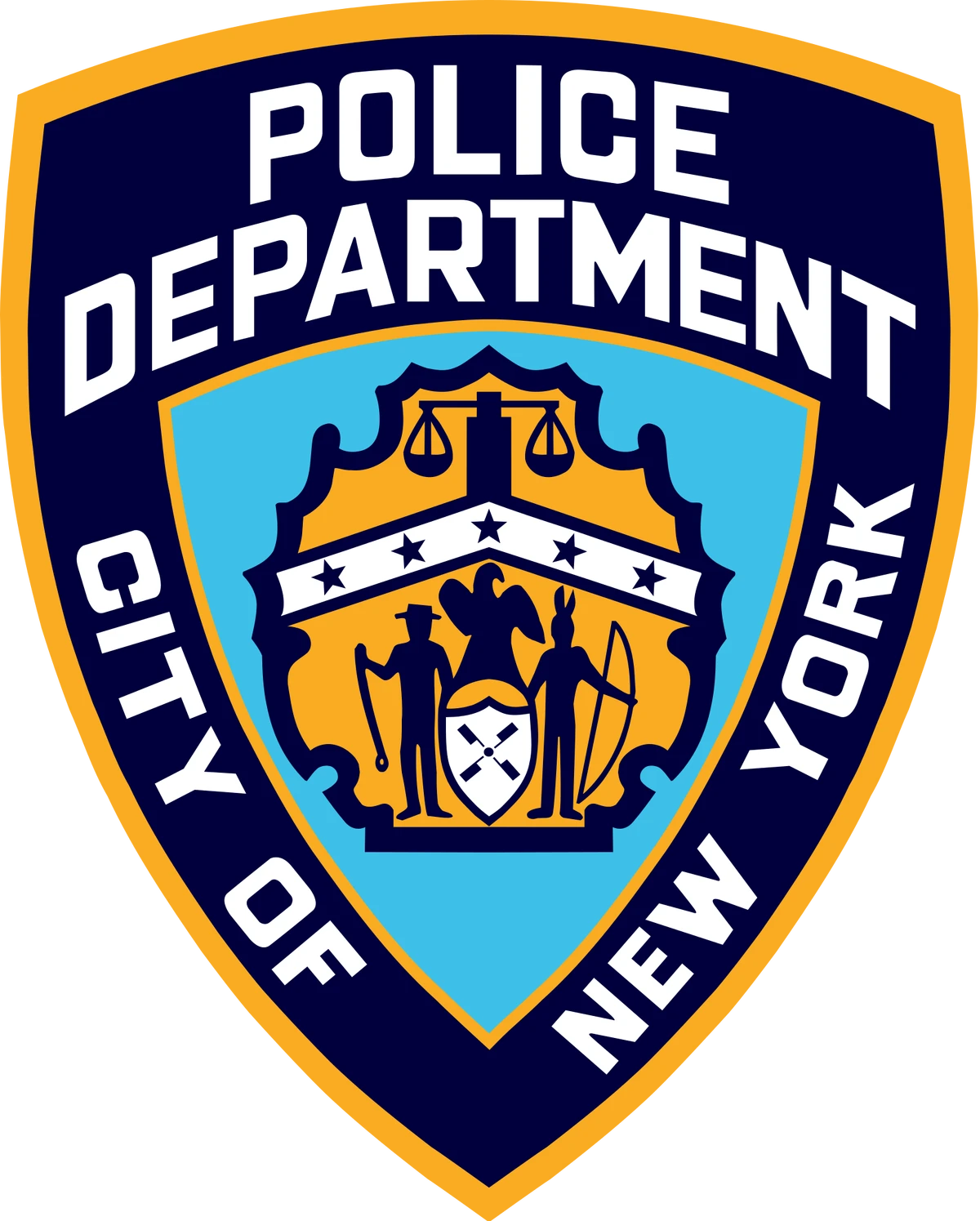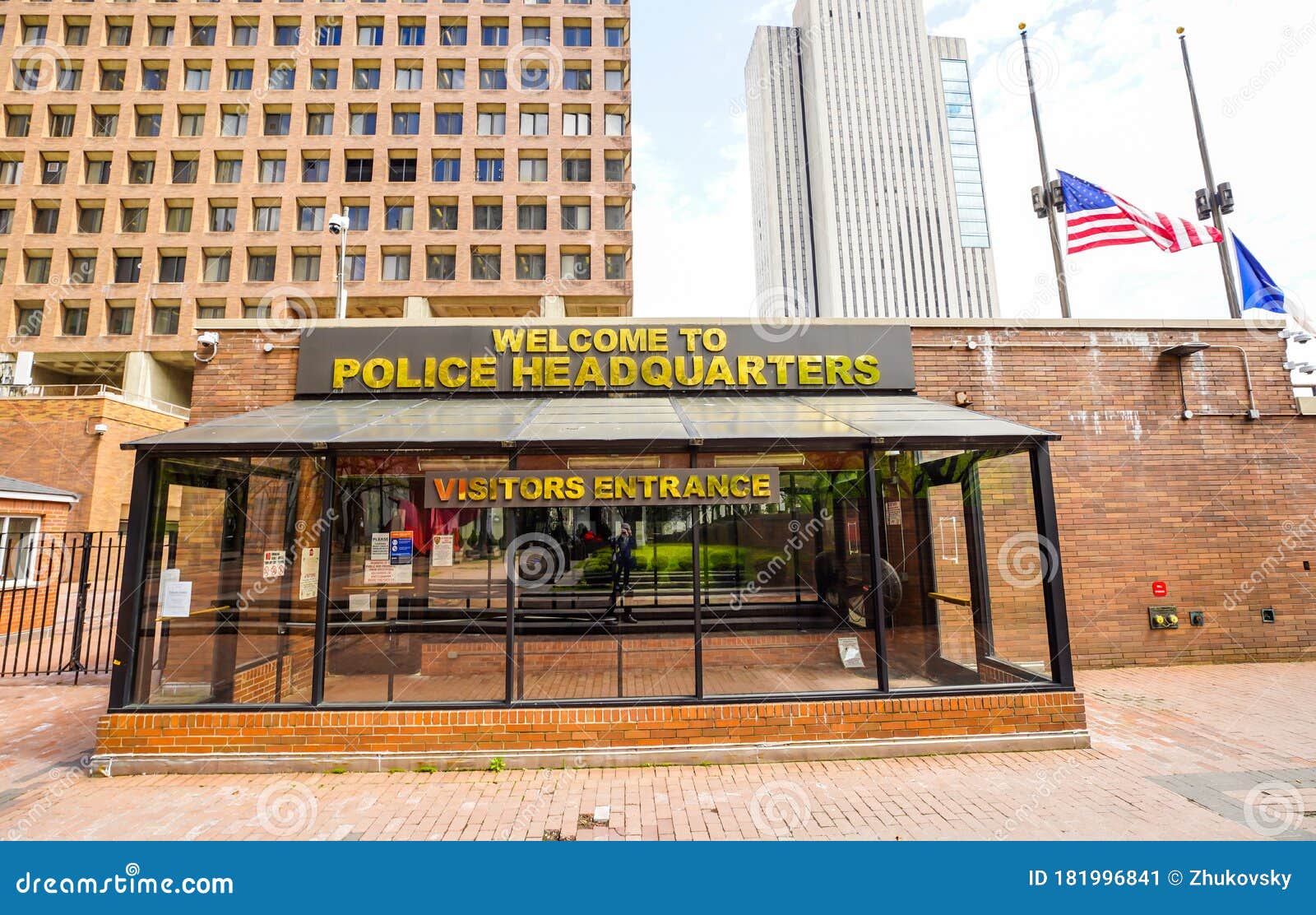New York City Police Department: One Police Plaza, The Heart Of Law Enforcement
Let’s be real here—when it comes to law enforcement in the Big Apple, the New York City Police Department (NYPD) is the name that echoes loud and clear. With its headquarters at One Police Plaza, this iconic institution has been the backbone of public safety in NYC for decades. From tackling crime to keeping the streets safe, the NYPD is no ordinary police department—it’s an institution that sets the standard for urban policing worldwide. So, buckle up, folks, because we’re diving deep into the heart of the NYPD’s operations, right from the iconic One Police Plaza!
Now, before we get too deep into the nitty-gritty, let’s set the scene. One Police Plaza isn’t just another building in the bustling city—it’s the nerve center of one of the largest police forces in the world. The NYPD handles everything from minor infractions to major crimes, and their headquarters plays a crucial role in coordinating all of these efforts. If you’ve ever wondered what goes on behind those walls or how the NYPD operates, you’re in the right place.
But here’s the deal: this isn’t just about facts and figures. This is about understanding the culture, the challenges, and the triumphs of a department that’s been around for over 175 years. So, whether you’re a true crime enthusiast, a history buff, or just curious about how the NYPD keeps New York running smoothly, this article’s got you covered. Let’s roll!
Table of Contents
- The Rich History of NYPD
- One Police Plaza: The Command Center
- Organizational Structure of NYPD
- Tech Innovations in Policing
- Community Policing Efforts
- Challenges Faced by NYPD
- Success Stories and Milestones
- Key Statistics and Insights
- The Future of NYPD
- Final Thoughts
The Rich History of NYPD
Alright, let’s rewind the clock and take a trip down memory lane. The New York City Police Department wasn’t always the powerhouse it is today. It all started back in 1845 when NYC decided it needed a more organized way to handle public safety. Fast forward to today, and the NYPD has grown into one of the most respected police forces globally.
But here’s the kicker—the NYPD hasn’t always had it easy. Over the years, they’ve faced their fair share of challenges, from corruption scandals in the early days to the monumental task of keeping the city safe during major events like 9/11. Despite all of this, the department has consistently adapted and evolved to meet the needs of a rapidly changing city.
From Horse-Drawn Wagons to High-Tech Gear
You wouldn’t believe how far the NYPD has come in terms of technology. Back in the day, officers relied on horse-drawn wagons and foot patrols to get around. Nowadays? They’ve got everything from drones to body cameras, making their jobs more efficient and transparent. It’s like night and day, ya know?
One Police Plaza: The Command Center
Let’s talk about the elephant in the room—or rather, the building in the skyline. One Police Plaza is more than just a building; it’s the epicenter of the NYPD’s operations. Located in Lower Manhattan, this 22-story tower is where all the magic happens. From strategic planning to emergency response, this place is the brain behind the entire department.
And guess what? It’s not just a boring office building. One Police Plaza is packed with cutting-edge technology, state-of-the-art facilities, and even a few hidden gems that most people don’t know about. For example, did you know there’s a massive command center inside that monitors everything happening in the city? It’s like Mission Control for NYC.
Why One Police Plaza Matters
Here’s the deal: One Police Plaza isn’t just a symbol of authority—it’s a practical necessity. With over 36,000 uniformed officers and 18,000 civilian employees, the NYPD needs a centralized location to coordinate all of its operations. And One Police Plaza does just that, ensuring that the city runs like a well-oiled machine.
Organizational Structure of NYPD
Now, let’s break it down. The NYPD is a massive operation, and to keep everything running smoothly, they’ve got a pretty organized structure. At the top, you’ve got the Police Commissioner, who’s kind of like the CEO of the department. Below that, you’ve got ranks like Chief of Department, Deputy Chief, and all the way down to the patrol officers on the streets.
But here’s the thing—each rank has its own set of responsibilities. For example, the Chief of Department oversees the entire operation, while the patrol officers are the ones out there keeping the streets safe. It’s like a pyramid, but instead of blocks, it’s made up of dedicated officers working together to protect the city.
Divisions Within the Department
The NYPD isn’t just one big group—it’s divided into several specialized divisions, each with its own focus. You’ve got the Detective Bureau handling investigations, the Counterterrorism Bureau keeping an eye on potential threats, and even the Harbor Unit patrolling the city’s waterways. It’s like a Swiss Army knife of law enforcement, with each division bringing something unique to the table.
Tech Innovations in Policing
Let’s face it—technology has changed the game for law enforcement, and the NYPD is no exception. From predictive policing algorithms to facial recognition software, the department is always on the cutting edge of innovation. And let’s not forget about body cameras, which have become a staple for many officers in recent years.
But here’s the question on everyone’s mind: is all this tech a good thing? Well, it depends on who you ask. On one hand, it makes policing more efficient and transparent. On the other hand, there are concerns about privacy and potential misuse. It’s a balancing act, and the NYPD is constantly working to find the right approach.
How Technology is Changing the Game
- Predictive policing helps officers anticipate where crimes are likely to occur.
- Body cameras provide accountability and transparency during interactions with the public.
- Facial recognition software aids in identifying suspects more quickly.
Community Policing Efforts
Now, let’s talk about something near and dear to the NYPD’s heart—community policing. This approach focuses on building trust and collaboration between officers and the communities they serve. It’s not just about enforcing the law; it’s about creating relationships that make everyone feel safer and more connected.
And guess what? It’s working. Programs like the Neighborhood Policing Initiative have shown promising results, with officers spending more time engaging with residents and less time responding to calls. It’s like they’re saying, “Hey, we’re here to help, not just enforce.”
Success Stories from the Streets
One of the coolest things about community policing is the impact it’s having on neighborhoods across the city. For example, in some areas, crime rates have dropped significantly since the initiative was launched. It’s not just about numbers, though—it’s about the relationships that are being built and the trust that’s being restored.
Challenges Faced by NYPD
No story would be complete without a little drama, right? The NYPD has its fair share of challenges, from budget constraints to public perception issues. In recent years, there’s been a lot of debate about police reform and how departments like the NYPD can better serve their communities.
But here’s the thing—the NYPD isn’t sitting back and waiting for change to happen. They’re actively working to address these challenges, whether it’s through training programs, policy changes, or community outreach efforts. It’s a tough road, but they’re determined to make it work.
Budget Battles and Public Perception
One of the biggest challenges facing the NYPD is balancing their budget with the needs of the city. With so many competing priorities, it’s not always easy to allocate resources effectively. And let’s not forget about public perception—some people still view the NYPD with suspicion, despite their efforts to build trust. It’s a complex issue, but one that the department is tackling head-on.
Success Stories and Milestones
Alright, let’s end on a high note. The NYPD has had some incredible success stories over the years, from reducing crime rates to handling major emergencies like hurricanes and terrorist attacks. And let’s not forget about the countless officers who go above and beyond every day to keep the city safe.
One of the most notable milestones was the dramatic drop in crime during the 1990s, thanks in part to the department’s focus on community policing and data-driven strategies. It’s a testament to what can be achieved when everyone works together towards a common goal.
Honoring the Heroes in Blue
Let’s give a shoutout to the officers who put their lives on the line every day to protect the city. Whether it’s responding to emergencies, solving crimes, or simply helping out a lost tourist, they’re the unsung heroes of NYC. And let’s not forget about the civilian employees who keep the department running smoothly behind the scenes. They’re just as important as the officers on the streets.
Key Statistics and Insights
Now, let’s get into the numbers. According to recent data, the NYPD has seen a significant decrease in major crimes over the past few decades. In fact, the city’s crime rate is now one of the lowest it’s been in years. But here’s the thing—statistics only tell part of the story. The real impact is felt in the lives of the people who call NYC home.
And let’s not forget about the department’s commitment to transparency. They regularly release reports and data to keep the public informed about their progress. It’s like they’re saying, “Hey, we’ve got nothing to hide—we’re here to serve and protect.”
Numbers That Matter
- Crime rates have dropped by over 75% since the early 1990s.
- The NYPD has over 36,000 uniformed officers and 18,000 civilian employees.
- Community policing initiatives have led to a 20% increase in positive community interactions.
The Future of NYPD
So, where does the NYPD go from here? The future looks bright, with plans to continue innovating and improving their approach to law enforcement. Whether it’s through new technology, better training programs, or stronger community partnerships, the department is committed to staying ahead of the curve.
And let’s not forget about the next generation of officers. With more diverse recruitment efforts and a focus on inclusivity, the NYPD is shaping up to be a department that truly reflects the city it serves. It’s exciting stuff, folks, and we can’t wait to see what’s next.
Looking Ahead
Here’s the deal—the NYPD isn’t just about the past or the present; it’s about the future. They’re constantly evolving to meet the needs of a changing city, and that’s what makes them so special. Whether it’s tackling new challenges or embracing new technologies, the NYPD is always moving forward.
Final Thoughts
Alright, folks, that’s a wrap. The New York City Police Department, headquartered at One Police Plaza, is more than just a police force—it’s a symbol of strength, resilience, and dedication. From its rich history to its cutting-edge technology, the NYPD continues to set the standard for urban policing worldwide.
So, the next time you’re walking through the streets of NYC and see an officer in blue, take a moment to appreciate all the hard work and dedication that goes into keeping the city safe. And if you’ve got thoughts or questions, drop a comment below—we’d love to hear from you!

New York City Police Department Max Payne Wiki Fandom

Police Headquarters in Manhattan, New York City, USA Editorial Stock

One Police Plaza in Lower Manhattan Editorial Photo Image of american